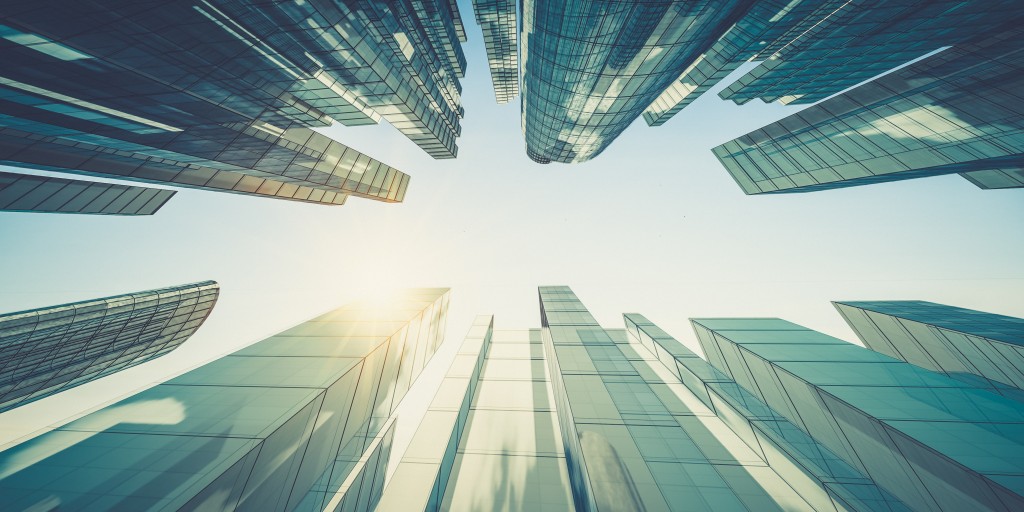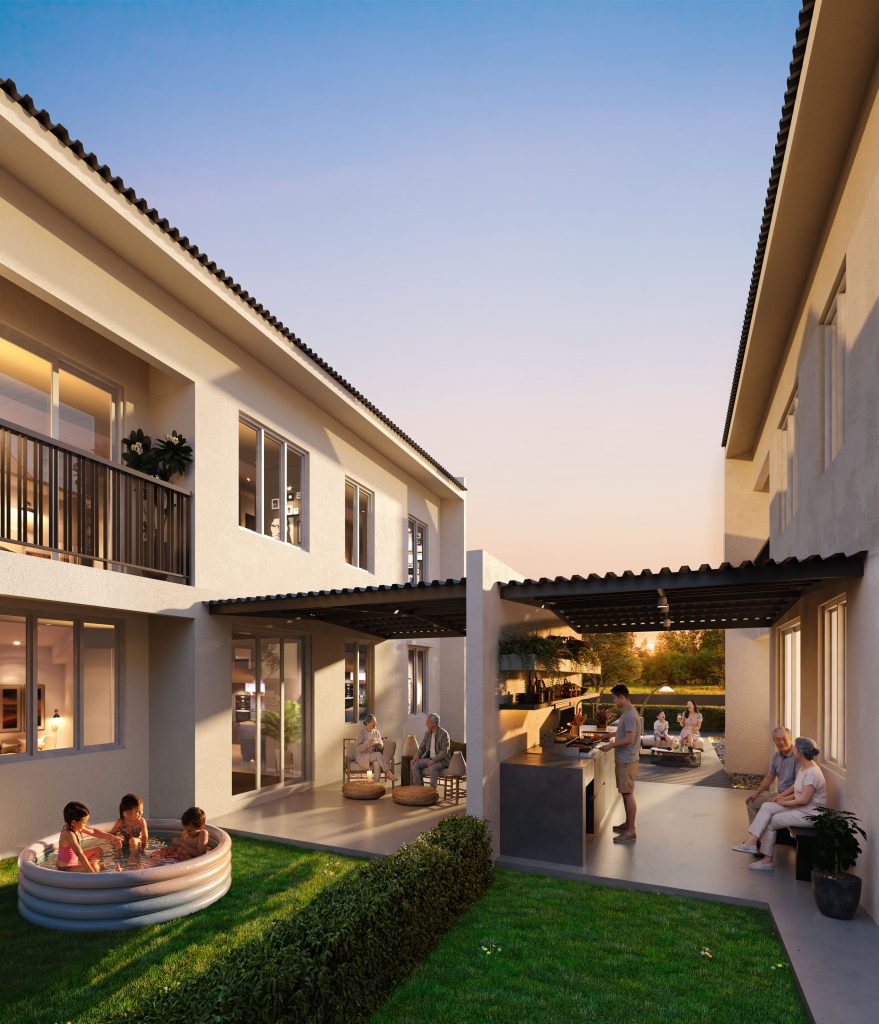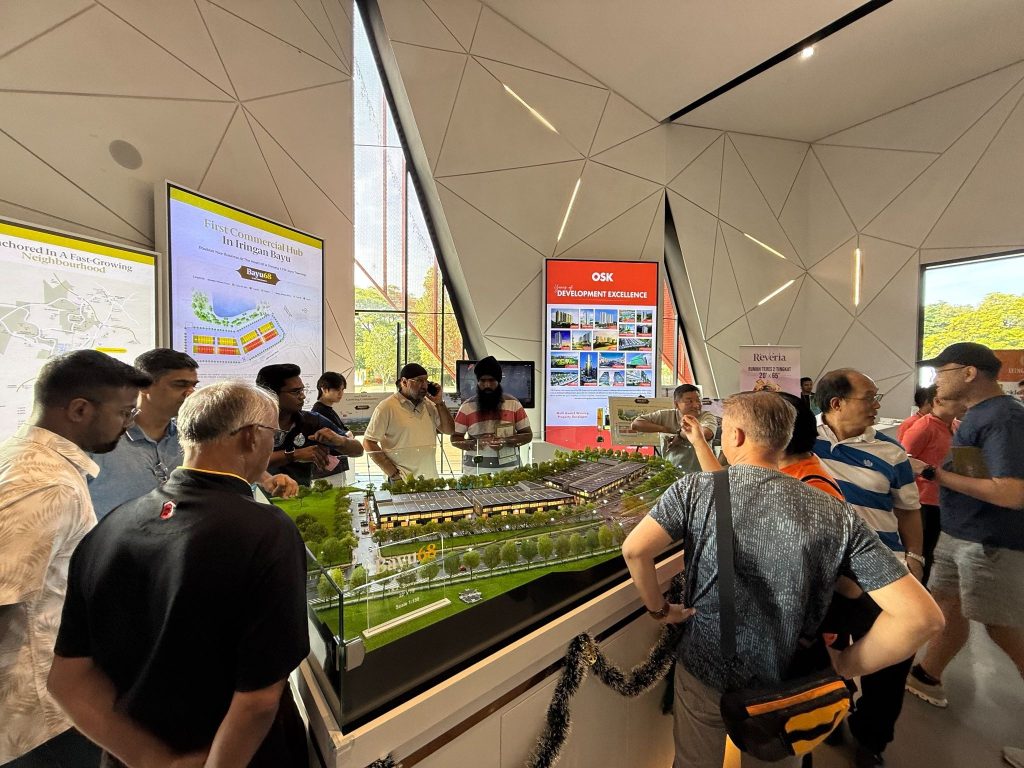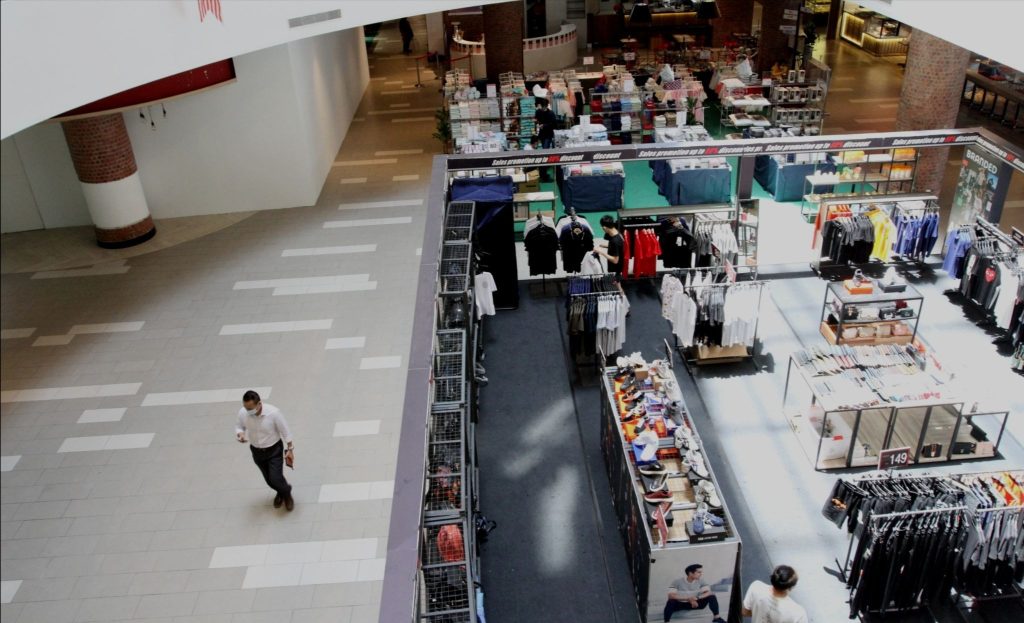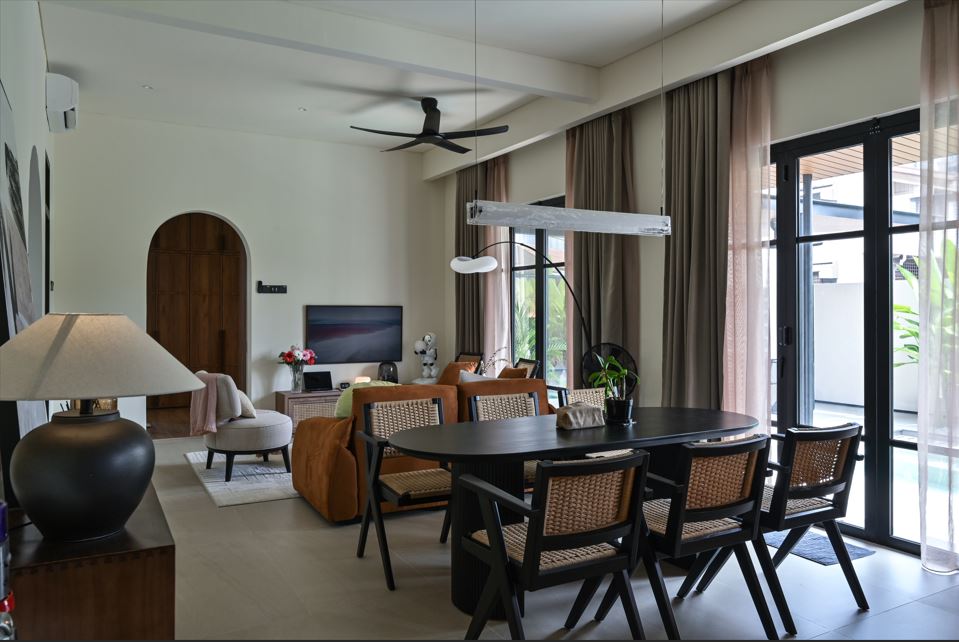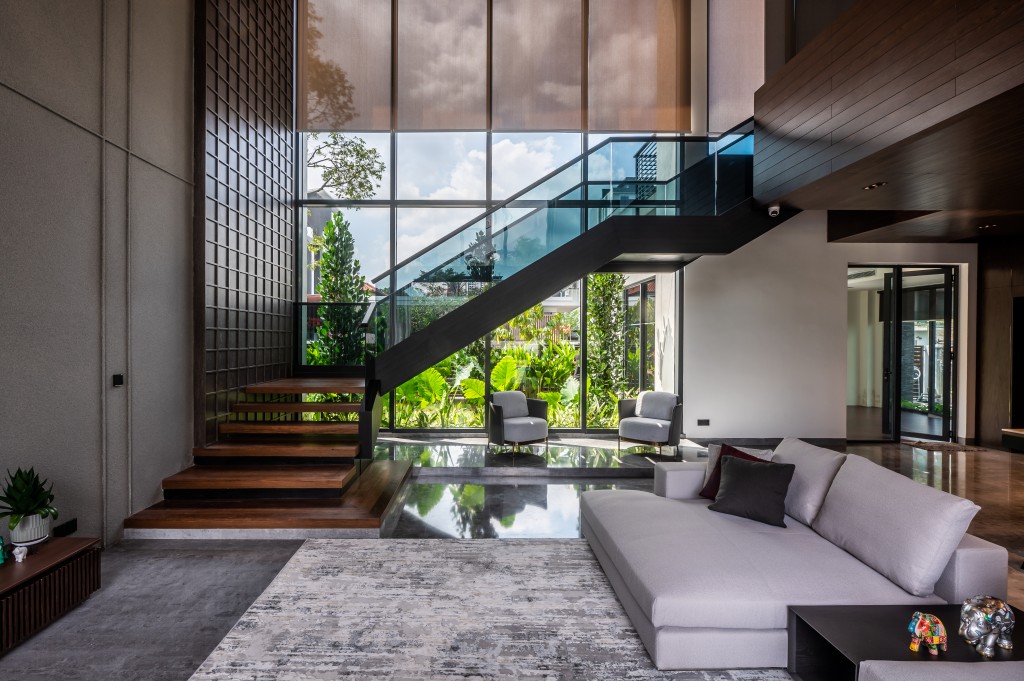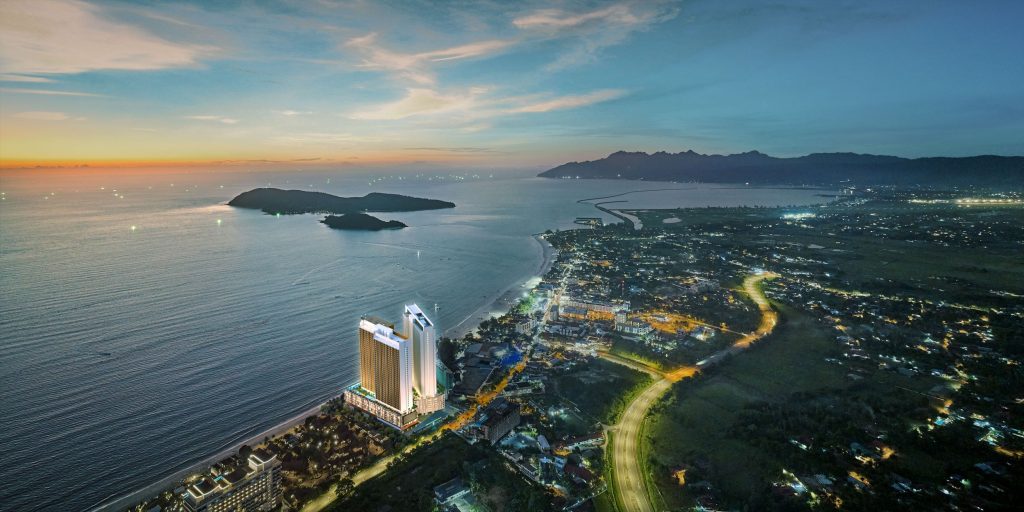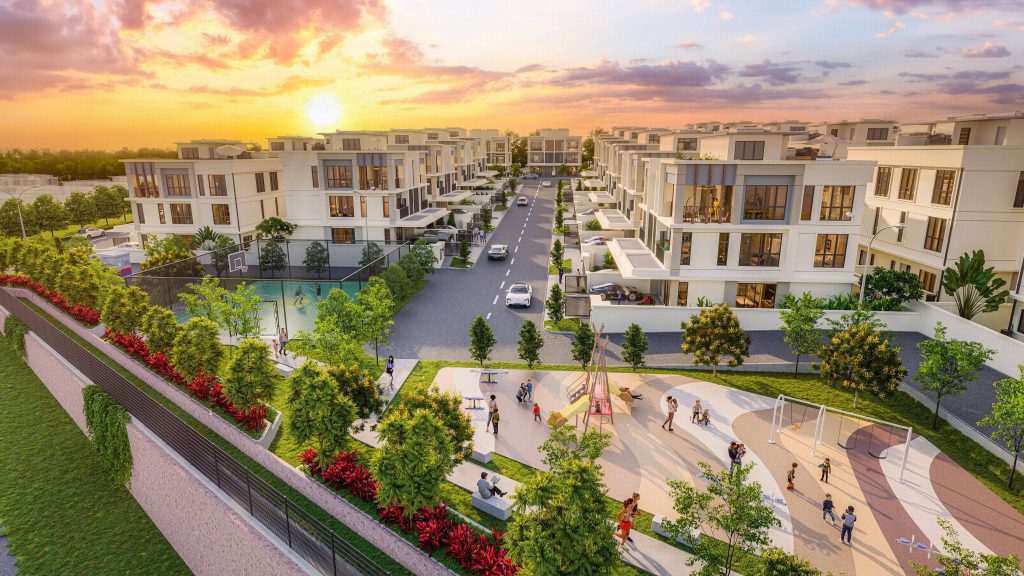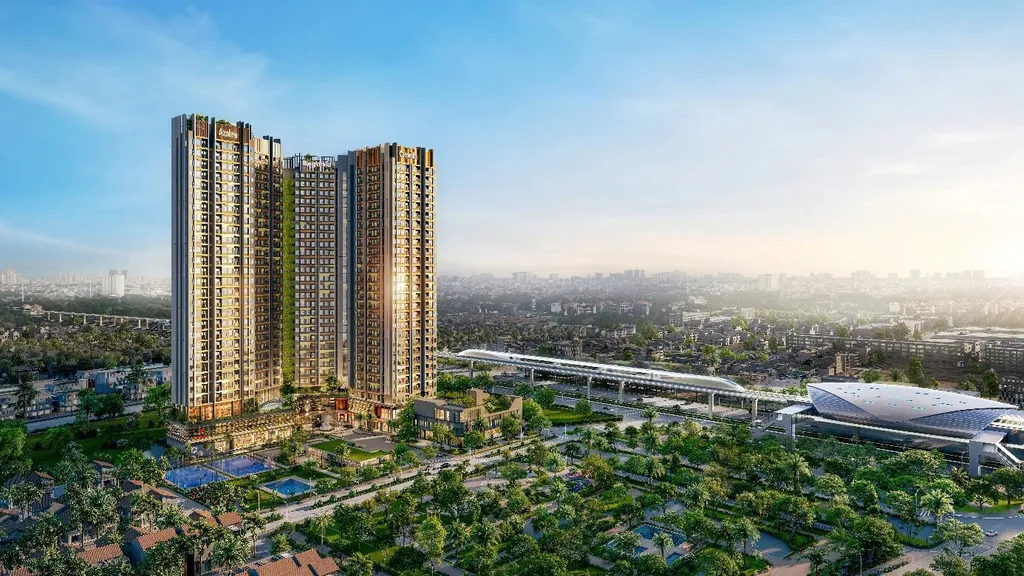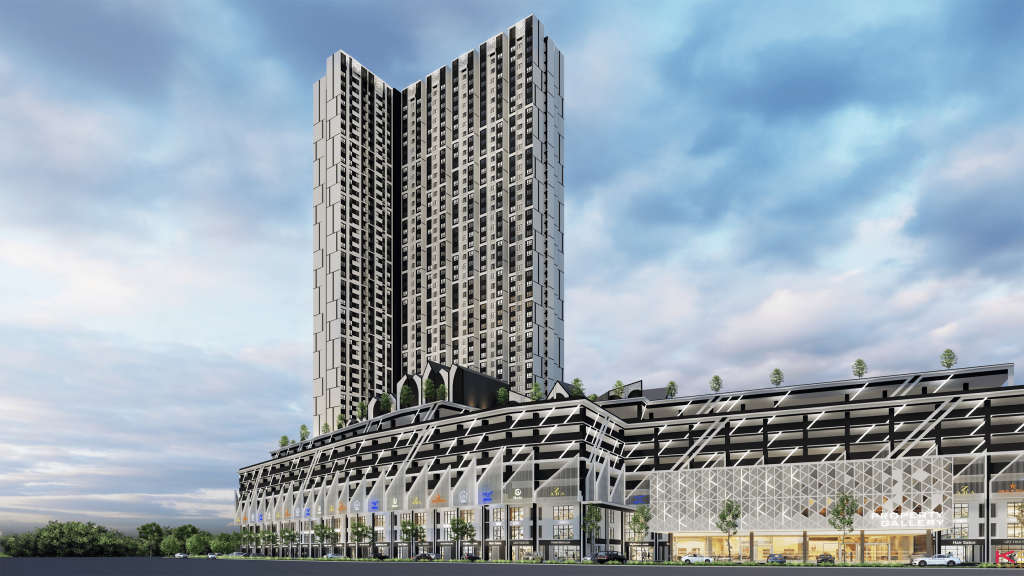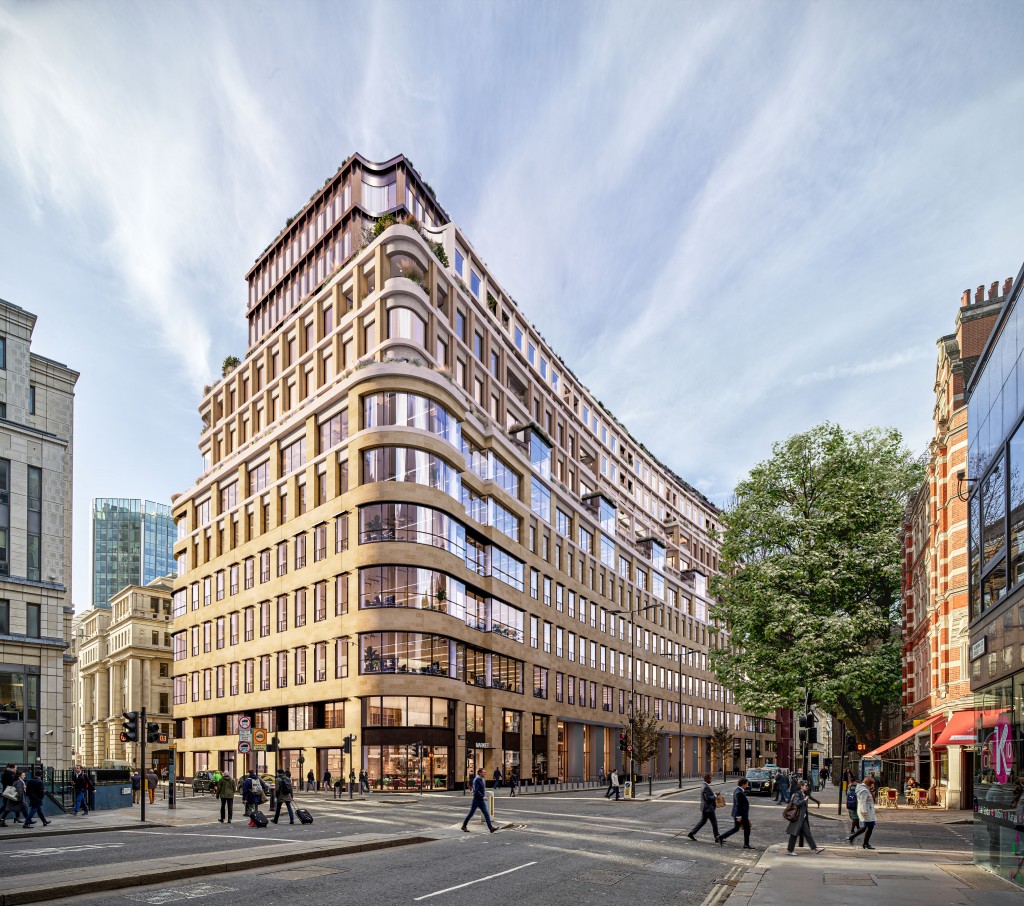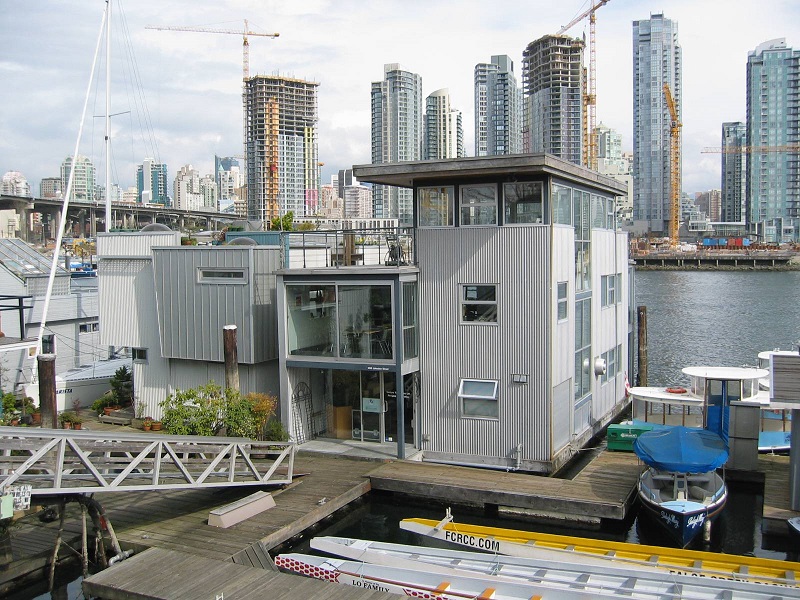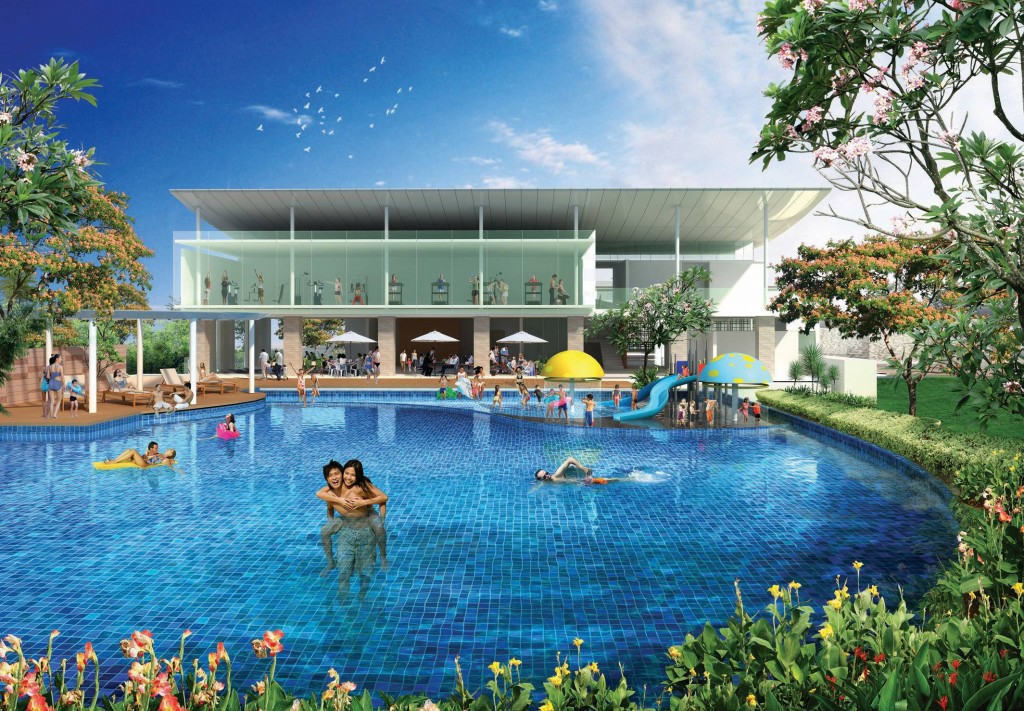When tourists first step foot in Malaysia, at the top of their itinerary is usually to pay a visit to the iconic Petronas Twin Towers. The unique marvel takes the front cover of almost every Malaysian travel brochure. However, since 2023, when The Exchange TRX first opened its doors followed by Merdeka 118 in 2024, Malaysia has had a lot more to offer modern architecture-wise. So, why is Malaysia so passionate about its skyscrapers? Is everyone here simply bursting with creativity and it needs to burst out in the form of skyscrapers? It is like an endless love affair and deserves to be delved into.
Historical context
To understand Malaysia's skyscraper craze, it is necessary to look at its rapid development over the last few decades. The country gained significant growth after gaining independence in 1957, especially during the booming 1990s. This was the time when the first high-rise buildings broke ground, like Menara Kuala Lumpur which was finished in 1996. It is important to remember that to the population at the time, each new skyscraper was not merely about height but rather its representation of Malaysia’s journey toward modernisation and national identity.
Economic factors
Skyscrapers are not just pretty to look at. They actually play a pretty major role in boosting the Malaysian economy. Towering buildings attract businesses and tourists as well as create jobs and enhance urban areas. Kuala Lumpur is home to one of the highest numbers of skyscrapers in the world, which creates a bustling atmosphere that supports local businesses. The government actively encourages high-rise construction through various programs, recognising the benefits these buildings can bring to the economy.
Cultural significance
For many Malaysians, their skyscrapers are symbols of pride. They reflect the country’s aspirations and dreams of a modern future. Buildings like the Petronas Towers are not just part of the skyline. During national celebrations, these structures brilliantly and dazzlingly light up, reminding citizens of their shared journey and progress. It is like they are standing tall as a testament to what Malaysia has accomplished.
The future looks bright for skyscrapers in Malaysia, with exciting projects on the horizon. Builders are now focusing on smart, green technologies to ensure that future skyscrapers not only look good but also have a positive impact on the environment.
Appreciating skyscraper architecture
One of the most interesting facts about Malaysia's skyscrapers is how effortlessly modern designs are integrated with cultural elements. For those who enjoy the stories behind buildings, Malaysian skyscrapers are not just all glass and steel.
The Petronas Twin Towers, once the tallest in the world, are iconic symbols of Kuala Lumpur. Completed in 1998, they stand at 452m (1,483 ft) and feature a unique Islamic-inspired design. The towers are connected by a sky bridge at the 41st and 42nd floors, which serves both structural and aesthetic purposes. Reportedly, the engineering challenge was to build on unstable ground. Hence, a deep foundation was constructed, making it an impressive feat of modern engineering.
Menara Kuala Lumpur, more commonly known as KL Tower, was finished in 1996 and stands out at 421m (1,381 ft). It essentially functions as a communications tower as well as a popular tourist destination. Its design is inspired by Islamic architecture, characterised by a sleek, tapering form. One of its engineering highlights is its ability to withstand strong winds, thanks to the innovative use of a reinforced concrete core. The tower also features a revolving restaurant that offers panoramic views of the city, a feat that leaves it bustling with tourists day in and day out.
Opened in 2023, The Exchange TRX is an integral part of Kuala Lumpur's financial district and features a design emphasising sustainability and functionality. The building incorporates energy-efficient systems and green spaces, aiming for a significant reduction in carbon footprint. Its architectural design nicely blends in with the urban landscape and Malaysian sentiment towards the ambitious project has been positive because of the incredible sustainability efforts included in its concept. As a result, TRX has been dubbed a notable advancement in eco-friendly skyscraper design.
In the case of Merdeka 118, the famous skyscraper has certainly been making its rounds in newspaper headlines. Including its tip, the oddly proportioned building is 6,78.9m (2,227 ft) tall. It can be considered novelty architecture, which covers buildings with unusual shapes to become landmarks. The structure employs cutting-edge engineering techniques to ensure stability and resilience against seismic activities, showcasing how modern technology can harmonise with cultural threads.
The less talked about Menara Maybank has some interesting designs as well. Completed in 1988 and before the final construction of the Petronas Twin Towers in 1998, Maybank Tower was the tallest building in Kuala Lumpur as well as Malaysia, at 244m (801 ft), around half the height of the Twin Towers. Today, the tower remains a prominent part of the city's skyline. It is characterised by its distinctive triangular shape and is designed to maximise natural light. The building features a unique suspension system that allows it to adapt to environmental conditions, representing an early example of innovative engineering in the region. It is worth noting that the bank is moving from its famed headquarters to Merdeka 118.
These skyscrapers have truly showcased Malaysia’s remarkable engineering prowess while also reflecting Malaysia's evolving identity and aspirations, intertwining culture, economy and environmental considerations into their designs. While many question the price to bear of constructing these supertalls, they do their part in bringing global attention and investments.
As Malaysia continues to reach new heights, it shows the world just how far it has come since its monumental independence in 1957. Where is Malaysia headed now? Only time will tell and with each new skyscraper, Malaysia is telling an inspiring story of ambition, resilience and hope for the future.
This article was first published in Starbiz7.
Stay ahead of the crowd and enjoy fresh insights on real estate, property development and lifestyle trends when you subscribe to our newsletter and follow us on social media.


